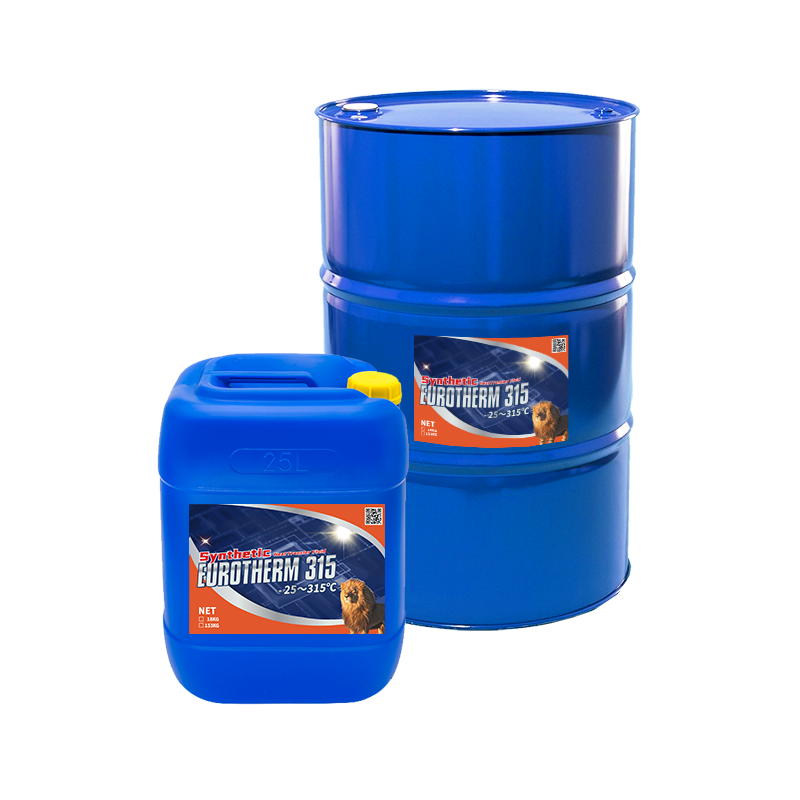Not known Details About Chemie
Table of ContentsHow Chemie can Save You Time, Stress, and Money.The Greatest Guide To ChemieSome Known Details About Chemie 9 Simple Techniques For ChemieExamine This Report about Chemie5 Easy Facts About Chemie Shown
By Bojanna Shantheyanda, Sreya Dutta, Kevin Coscia and David SchiemerDynalene, Inc. Liquid cooling, which can be accomplished using indirect or direct methods, is utilized in electronics applications having thermal power thickness that may surpass secure dissipation via air cooling. Indirect liquid air conditioning is where heat dissipating electronic elements are physically divided from the fluid coolant, whereas in case of straight cooling, the parts are in direct call with the coolant.However, in indirect air conditioning applications the electric conductivity can be crucial if there are leaks and/or splilling of the liquids onto the electronics. In the indirect cooling applications where water based liquids with rust inhibitors are normally made use of, the electrical conductivity of the liquid coolant mainly depends upon the ion focus in the fluid stream.
The rise in the ion concentration in a shut loop fluid stream may occur as a result of ion leaching from steels and nonmetal components that the coolant fluid is in contact with. During procedure, the electrical conductivity of the fluid might increase to a level which might be harmful for the cooling system.
The 6-Second Trick For Chemie
(https://triberr.com/chemie999)They are bead like polymers that can trading ions with ions in a solution that it touches with. In the present job, ion leaching tests were performed with numerous steels and polymers in both ultrapure deionized (DI) water, i.e. water which is dealt with to the greatest degrees of purity, and low electric conductive ethylene glycol/water combination, with the measured adjustment in conductivity reported in time.
The samples were enabled to equilibrate at space temperature level for 2 days before recording the initial electric conductivity. In all tests reported in this research liquid electrical conductivity was measured to a precision of 1% utilizing an Oakton CON 510/CON 6 collection meter which was adjusted prior to each dimension.
Some Ideas on Chemie You Need To Know
from the wall surface heating coils to the center of the heating system. The PTFE sample containers were placed in the furnace when stable state temperature levels were reached. The examination arrangement was gotten rid of from the heater every 168 hours (seven days), cooled to room temperature with the electric conductivity of the fluid measured.
The electrical conductivity of the liquid sample was kept track of for a total amount of 5000 hours (208 days). Number 2. Schematic of the indirect shut loophole cooling down experiment set up - heat transfer fluid. Table 1. Parts used in the indirect closed loop cooling down experiment that touch with the fluid coolant. A schematic of the experimental setup is displayed in Number 2.

The Single Strategy To Use For Chemie
Throughout operation the fluid tank temperature level was preserved at 34C. The modification in liquid electrical conductivity was kept an eye on for 136 hours. The liquid from the system was accumulated and stored. Shut loop examination with ion exchange material was brought out with the very same cleaning procedures used. The initial electrical conductivity of the 230ml UP-H2O in the system determined 1.84 S/cm.

0.1 g of Dowex material was added to 100g of fluid examples that was absorbed a separate container. The combination was mixed and change in the electrical conductivity at space temperature level was gauged every hour. The determined change in the electrical conductivity of the UP-H2O and EG-LC examination liquids including polymer or steel when involved for 5,000 hours at 80C is revealed Figure 3.
The Facts About Chemie Uncovered
Ion seeping experiment: Calculated modification in electric conductivity of water and EG-LC coolants including either polymer or metal samples when immersed for 5,000 hours at 80C. The outcomes suggest that steels added less ions right into the liquids than plastics in both UP-H2O and EG-LC based coolants.
Liquids having polypropylene and HDPE displayed the lowest electric conductivity adjustments. This can be due to the short, stiff, straight chains which are much less likely to contribute ions than longer branched chains with weak intermolecular forces. Silicone likewise carried out well in both examination liquids, as polysiloxanes are generally chemically inert due to the high bond power of the silicon-oxygen bond which would certainly prevent deterioration of the material into the fluid.
The Buzz on Chemie
It would be expected that PVC would certainly create similar outcomes to those of PTFE and HDPE based upon the comparable chemical structures of the materials, nonetheless there might be various other impurities present in the PVC, such as plasticizers, that might affect the electric conductivity of the fluid - dielectric coolant. Additionally, chloride groups in PVC can also leach right into the examination fluid and can create a rise in electric conductivity
Buna-N rubber and polyurethane revealed indicators of destruction and thermal disintegration which recommends that their possible energy as a gasket or adhesive product at higher temperature levels might lead to application concerns. Polyurethane completely broke down right into the examination fluid by the end of 5000 hour test. Figure 4. Before and after pictures of metal and polymer examples submersed for 5,000 hours at 80C in the ion leaching experiment.
Calculated adjustment in the electrical conductivity of UP-H2O coolant as a feature of time with and without resin cartridge in the shut indirect air conditioning loop experiment. The measured modification in electrical conductivity of the UP-H2O for 136 hours with and without ion exchange resin in the loop is displayed in Figure 5.